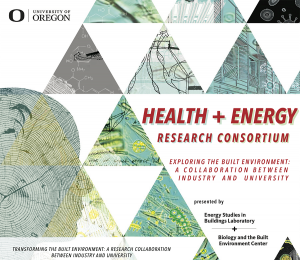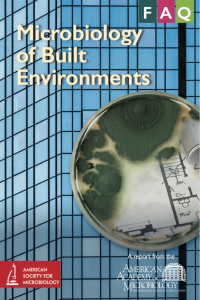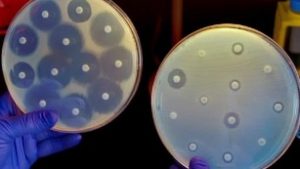. The Biology and the Built Environment Center (BioBE) and Energy Studies in Buildings Laboratory (ESBL) at the University of Oregon, are pleased to announce the launch of the the Health + Energy Research Consortium! On May 4-5, 2017, in Portland Oregon, we begin our journey to dramatically reduce energy consumption and maximize human health …
Got pointed to a very interesting long read story by Erica Hartmann on Twitter: Long read about how @Google is helping ID healthier building materials. Can’t wait to be able to use Portico! https://t.co/gdxDL8IUYq — Erica Hartmann (@ericamhartmann) February 6, 2017 The story is by Diana Budds at the FastCoDesign. It is definitely worth a …
There is a report out from the American Academy of Microbiology that is based on the “Microbiology of the Built Environment” colloquium they hosted in September 2015. The report summary is below: Built environments are the structures that humans create to shelter from the outdoors and provide spaces for living, working, playing, and getting places. …
Sloan has just renewed our funding to build on our foundational research at Virginia Tech that has established general factors broadly shaping the composition of the premise plumbing microbiome! In this next phase we will focus on shifts in water chemistry and temperature, using brain-eating amoebae as a key exemplar (need to protect those brains!). …
There is a new report out Tuesday from the CDC National Center for Environmental Health and the Agency for Toxic Substances and Disease Registry (ATSDR). It is an update of a report issued on February 10, 2016. Alex Alexiev wrote about this error in a microBEnet post: CDC Error in Flooring Report. For more on the corrected report …
The Los Angeles Times posted an article yesterday on “Deadly superbugs from hospitals get stronger in the sewers and could end up in the Pacific Ocean”. While there is some truth to the matter, it is necessary to approach it with some skepticism. It is well known that antibiotic resistant bacteria are extremely prevalent in …
Rob Dunn of North Carolina State University has written a charming and fascinating piece on the microbes that inhabit our belly buttons. You can find it here on the Scientific American blog site (http://blogs.scientificamerican.com/guest-blog/2012/11/07/after-two-years-scientists-still-cant-solve-belly-button-mystery-continue-navel-gazing/). I strongly recommend it for the skill of his writing as well as the extremely interesting insights into the microbes in …





